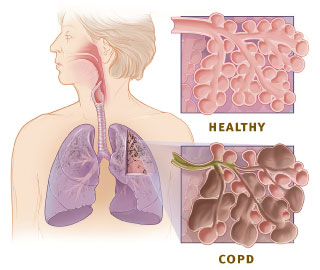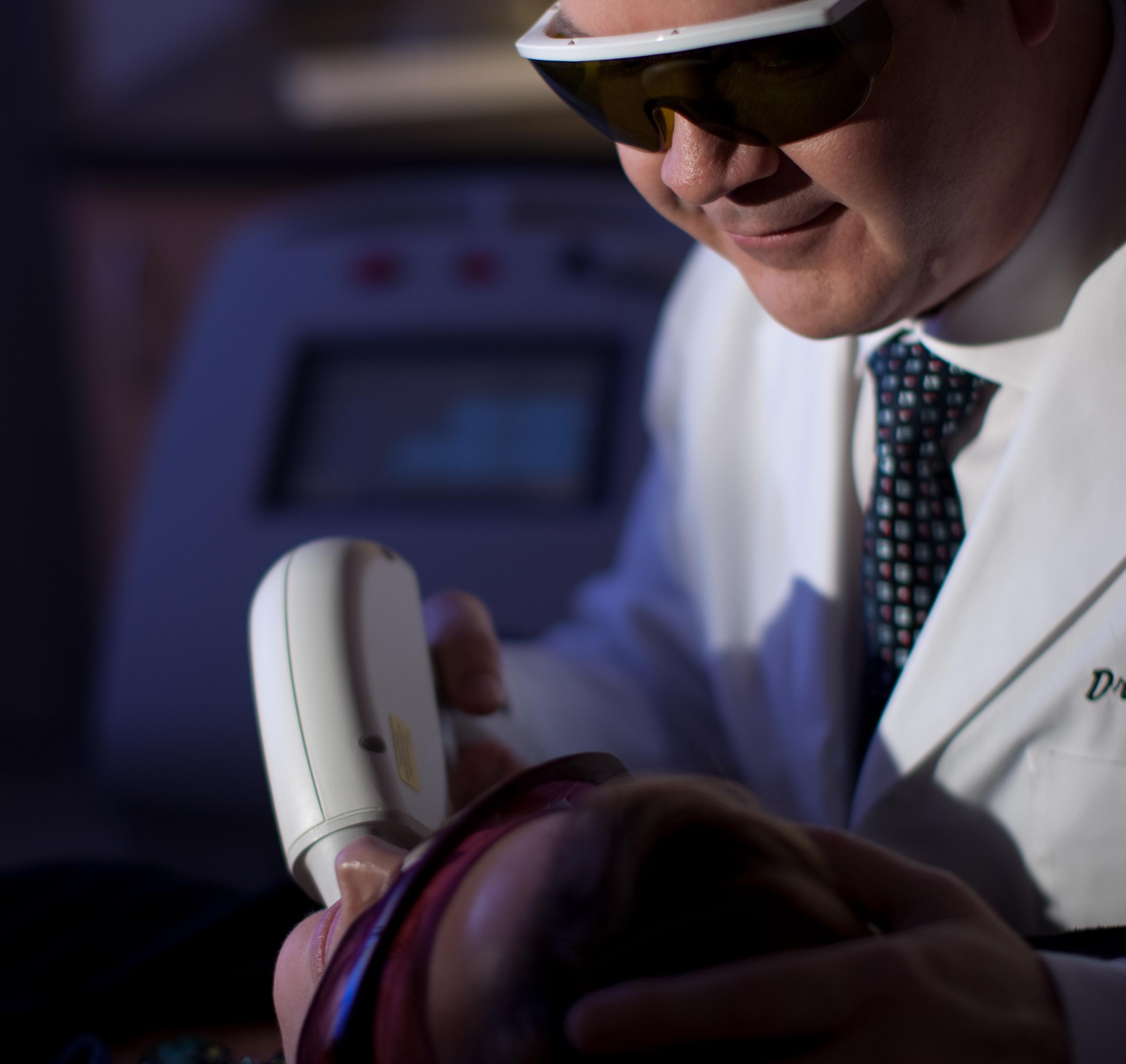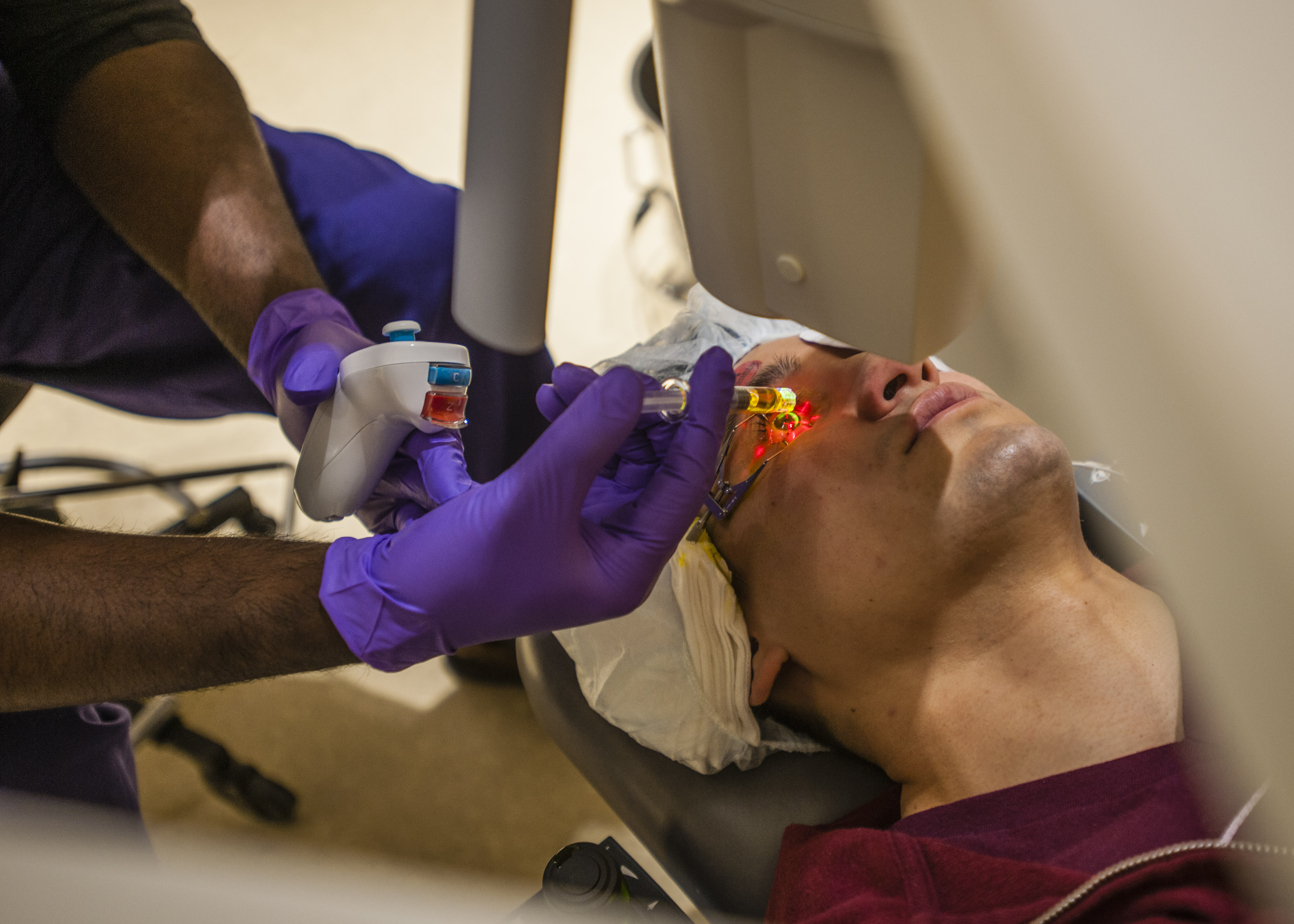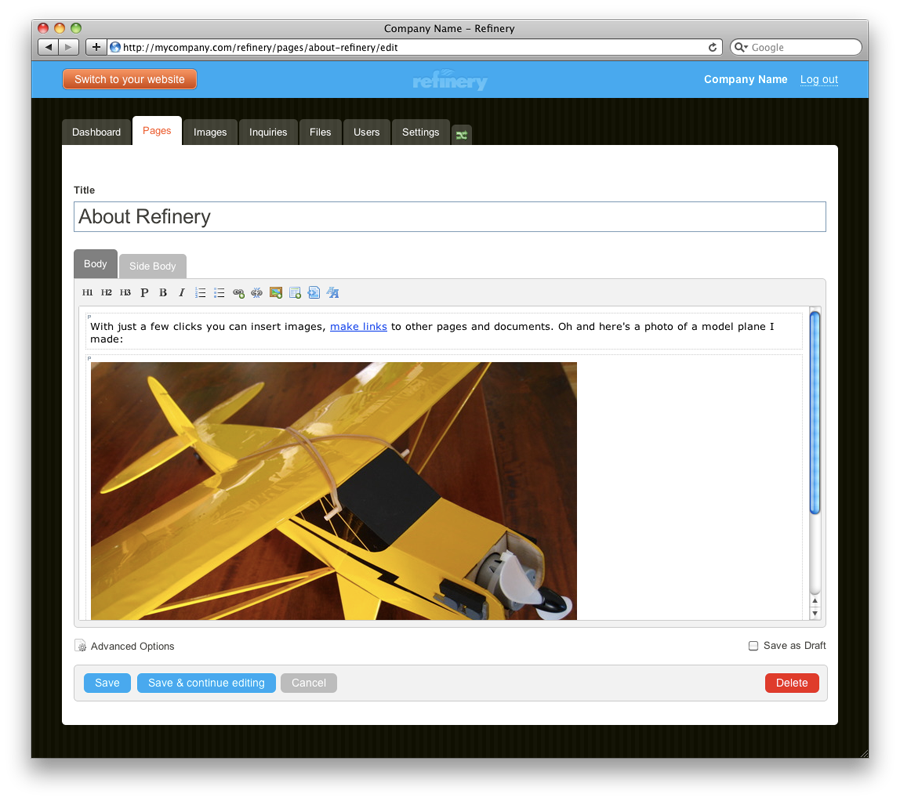Natural Treatments For Rosacea
Rosacea is a common skin condition that causes swollen red bumps to appear on the skin, along with facial redness, as well as irritated and dry eyes. It is quite annoying to handle, particularly because what causes rosacea is unknown. However, research does indicate there are several triggers for flare-ups of rosacea. These include certain cosmetics and skincare products, blood pressure medications, spicy foods, harsh temperatures, and even wind.
Many individuals turn to their doctors for a rosacea cream prescription. Some patients will even opt for another prescription for rosacea, such as oral antibiotics. There are also many skincare products for rosacea on the shelves of drug stores. A rosacea serum or toner is particularly helpful in this respect. Patients should note, however, glycolic acid and rosacea don’t work well together.
Choose The Right Skincare Products
Rosacea patients have to pay more attention to the skincare products they use than those who do not have this condition. This is because rosacea makes the skin more sensitive to potential irritants. Common irritating ingredients in skincare products include alcohol, witch hazel, menthol, fragrance, and exfoliating acids like glycolic acid. Fragrance is especially concerning in skincare products because the ingredient lists do not have to specify what chemicals or other additives were used to add a scent to the product. They only have to label it ‘fragrance’ or ‘parfum.’
Thus, individuals with rosacea should look for fragrance-free products and ones marked ‘hypoallergenic’ as well. There are some products out there made specifically for rosacea patients, so these deserve consideration as well. However, no matter what skincare product they choose, rosacea patients should always do a patch test on their neck or inner elbow before using it on their face. It is also worth gradually introducing the product, starting with every other day, when they do put it on their face.
Discover how to limit the effect of weather on rosacea next.
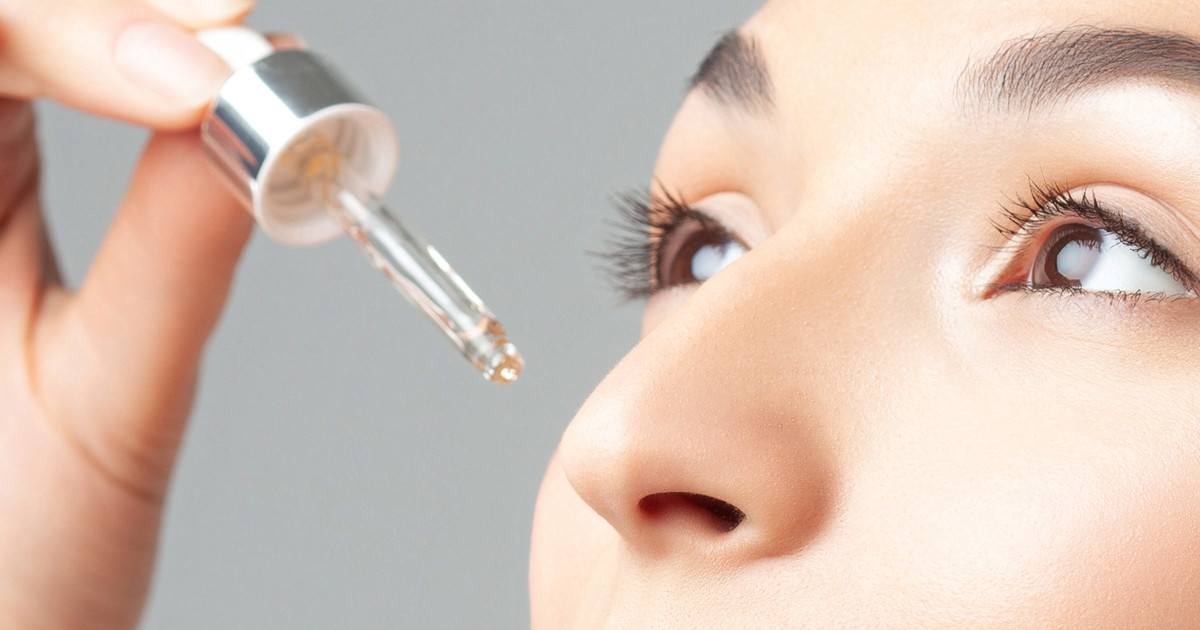
Protect Against The Weather
As mentioned, the wind is a known trigger for flare-ups of rosacea. Some individuals even say the sun triggers an itchy rash to appear on their skin. This is especially true when it is also hot and humid outside in addition to being sunny and windy. Thus, patients with rosacea must take extra precautions when they are going outside. One such precaution is always wearing sunscreen and reapplying it as needed. This is especially important when rosacea patients must be outside during the hours when the sun is the strongest. Of course, staying indoors is ideal. At the very least, individuals with rosacea should make it a point to remain indoors when it is humid outside. Additionally, staying hydrated and keeping their skin damp helps.
In the winter the air is often dry and can be very windy. This is a harsh way to have a flare-up of rosacea. When patients go outside in the winter, they must put on a scarf and hat to cover their face as much as possible. They must also wear gloves to protect their hands.
Get the details on treating rosacea by avoiding stress next.
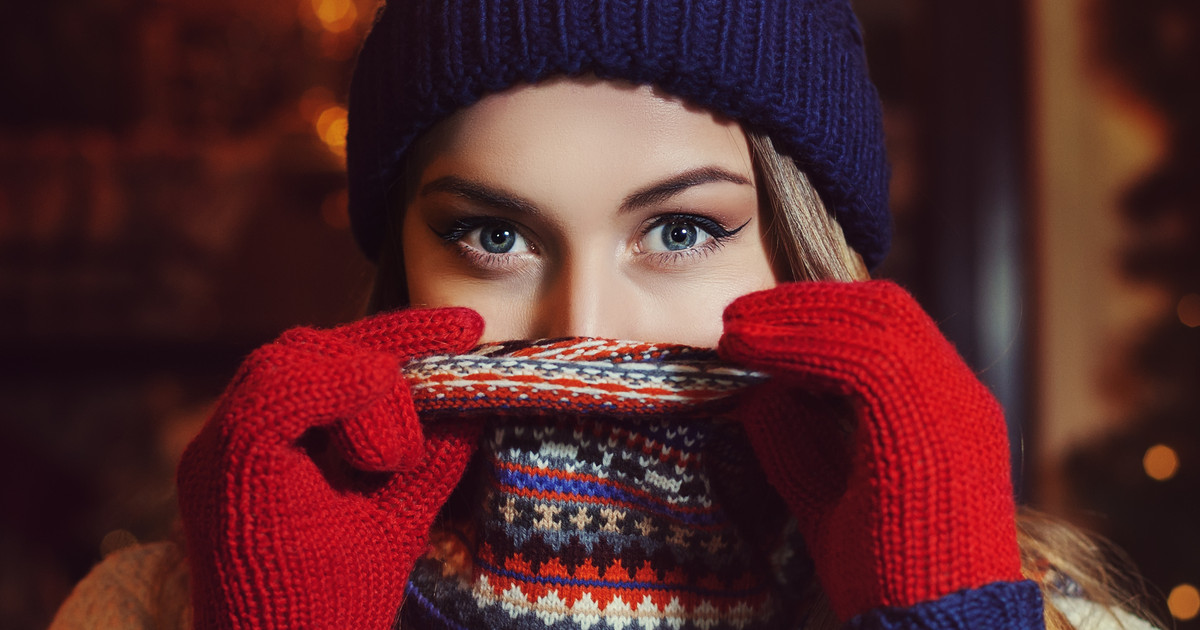
Practice Stress Relief Techniques
Many rosacea patients deal with higher stress levels as well as anxiety due to their physical symptoms. What makes matters worse, though, is that stress is a major trigger for rosacea flare-ups. It’s a harsh cycle, and one that patients must break to experience any sort of relief. The first step is for individuals to identify their stressors. Where possible, they may want to avoid these situations. However, it should be noted that avoidance is not always the appropriate answer. Rosacea patients must practice stress relief as well. Common techniques for this include listening to music, taking a walk, meditating, and even aromatherapy. Individuals must find what works for them and keep that technique in their routine.
Continue reading to reveal how to treat rosacea through diet next.
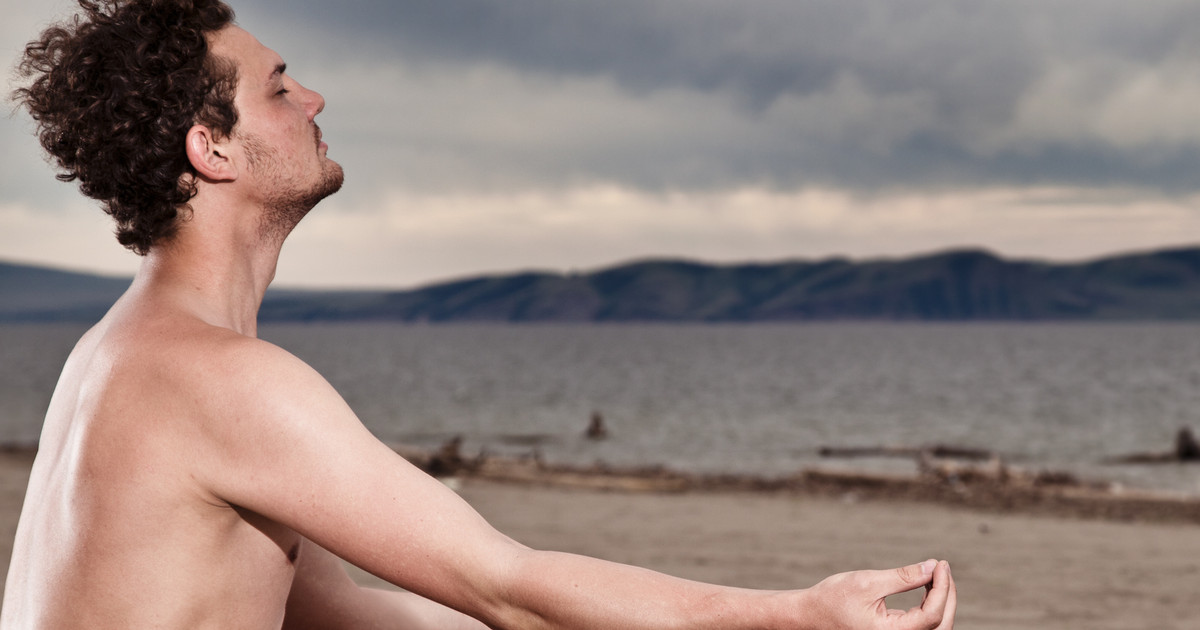
Make Smart Dietary Decisions
As mentioned, spicy foods are considered a trigger for rosacea flare-ups. Other potential food triggers include citrus fruits, carbonated beverages, chocolate, dairy products, liver, and some beans. Fried foods, salt, and sugar can result in a rosacea rash as well. The first step for alleviating rosacea flare-ups induced by food is for patients to identify their triggers. Some individuals may experience flare-ups after eating citrus fruits, for instance, but not after eating a little bit of chocolate. Once the food trigger has been identified, patients can avoid it.
When the trigger is unknown, however, patients should still pay attention to their diet. In general, rosacea patients find relief by following a clean diet with lots of fresh vegetables, berries, and fiber-rich foods. Moderation is ideal here. Certain meats and dairy products are known to be more inflammatory, so individuals with rosacea should limit their intake of these items. The same goes for fried and fatty foods.
Learn about what beverage to avoid when dealing with rosacea next.
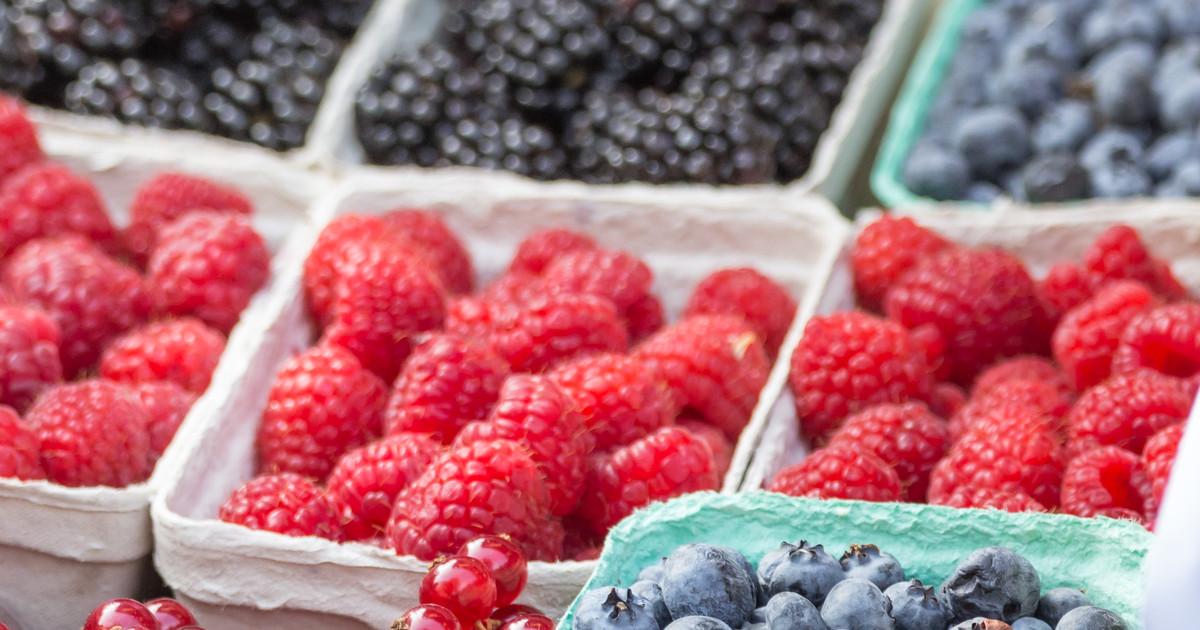
Avoid Consuming Alcohol
Alcohol can be fairly problematic for rosacea patients. The most common triggers are red wine, white wine, and beer. Alcohol dilates the blood vessels. This effect is enhanced in red wine, since it contains tyramines. The blood vessel dilation is part of why rosacea patients experience flare-ups after drinking alcoholic beverages. Drinking alcohol over time can even make the patient’s overall symptoms worse, even when they haven’t alcohol immediately before a flare-up. This is why patients suffering from rosacea should avoid consuming alcohol. If they do not want to eliminate alcohol, they should, at the very least, drink lots of water when they do have alcohol. A good measure is one glass of water per alcoholic beverage.

